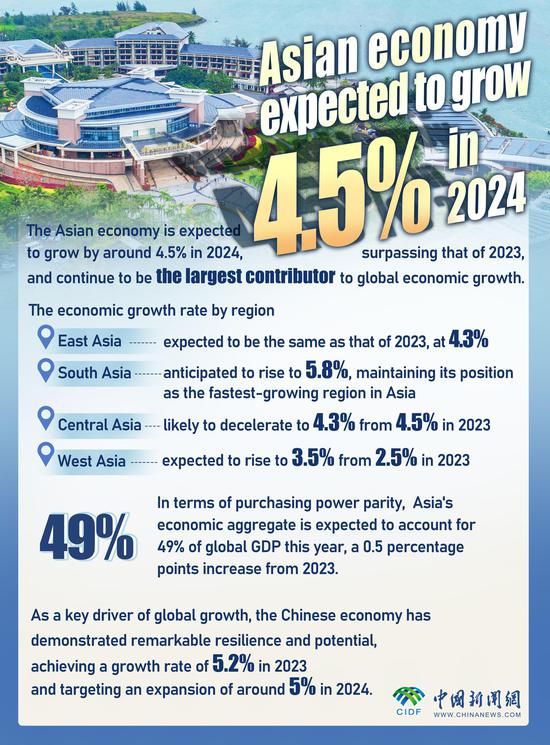The U.S. consumer price index (CPI), a measure of goods and services prices across the economy, rose 3.5 percent in March from a year earlier, the Labor Department said Wednesday, a larger-than-predicted jump that caused many economists to doubt the Federal Reserve will soon cut interest rates — if at all this year.
The increase was higher than economists had forecast and a pickup from February's 3.2 percent. So-called core prices, which exclude volatile food and energy categories, also rose more than expected on a monthly and annual basis.
The CPI number caused stock prices to slide and government bond yields, which underpin interest rates throughout the economy, go higher. It was a blow to President Joe Biden that could mean no interest rates cuts before the November election. He has seen his approval ratings hurt by rapid inflation and rising interest rates and has been counting on lower inflation to boost his reelection campaign.
Stock investors didn't like the CPI's dimming of rate-cut prospects and sent the Dow Jones Industrial Average down 422 points to 38,462; the S&P 500 fell 49 points to 5161, while the Nasdaq Composite dropped 136 points to 16,170.
Treasury yields hit new highs on the CPI report, rising to 4.55 percent on the 10-year note.
"Goldilocks has left the building — inflation isn't coming down anymore, and rate-cut hopes are going to be pushed off even further into the future. The Fed can look past any one report, but as we continue to see multiple reports in a row that are higher than expected, it becomes more difficult for the Fed to advocate cutting rates any time soon," Chris Zaccarelli, chief investment officer at Independent Advisor Alliance, told The Wall Street Journal.
"The Fed is not done fighting inflation, and rates will stay higher for longer," Torsten Slok, chief economist at investment giant Apollo, told The New York Times, adding that he doesn't expect any cuts to interest rates this year.
Lindsay Rosner, head of multisector investing at Goldman Sachs Asset Management, told the Times that the data did not "eclipse" the Fed's confidence. "It did, however, cast a shadow on it," she said.
After the report's release, Biden said his administration was making progress on fighting inflation, but there was still work to be done.
He reiterated what he has said previously: "Prices are still too high for housing and groceries, even as prices for key household items, like milk and eggs, are lower than a year ago. I have a plan to lower costs for housing — by building and renovating more than 2 million homes — and I'm calling on corporations, including grocery retailers, to use record profits to reduce prices."
Prices outside the volatile food and energy categories rose 0.4 percent from February to March, the same accelerated pace as in the previous month. Measured from a year earlier, those core prices are up 3.8 percent, unchanged from the year-over-year rise in February.
The CPI showed overall, food prices climbed 0.1 percent from the prior month, a slight increase from February, when prices were flat. Grocery prices were also flat for the second straight month. Still, many consumers continue to struggle with higher food prices. Although overall food prices have been increasing at a slower rate in recent months, they are still up about 25 percent compared with four years ago.
But after sagging in 2022 and 2023, medical care services, which include hospitals and health insurance, have increased over the past six months and are now up 2.1 percent over the year.
The price of energy continued to rise in March, increasing 1.1 percent month over month and 2.1 percent year over year. Wars in Ukraine and the Middle East have caused the price of Brent crude oil, the international benchmark, to rise more than 20 percent since mid-December
Despite the CPI increase, on paper, the U.S. economy has looked solid, with the unemployment rate remaining below 4 percent for the longest stretch since the 1960s, stocks have been at all-time high, and the economy continues to add jobs.
But since the start of the pandemic, Americans have seen the average cost for many goods and services, housing and food increase more than 20 percent overall.


















































 京公网安备 11010202009201号
京公网安备 11010202009201号